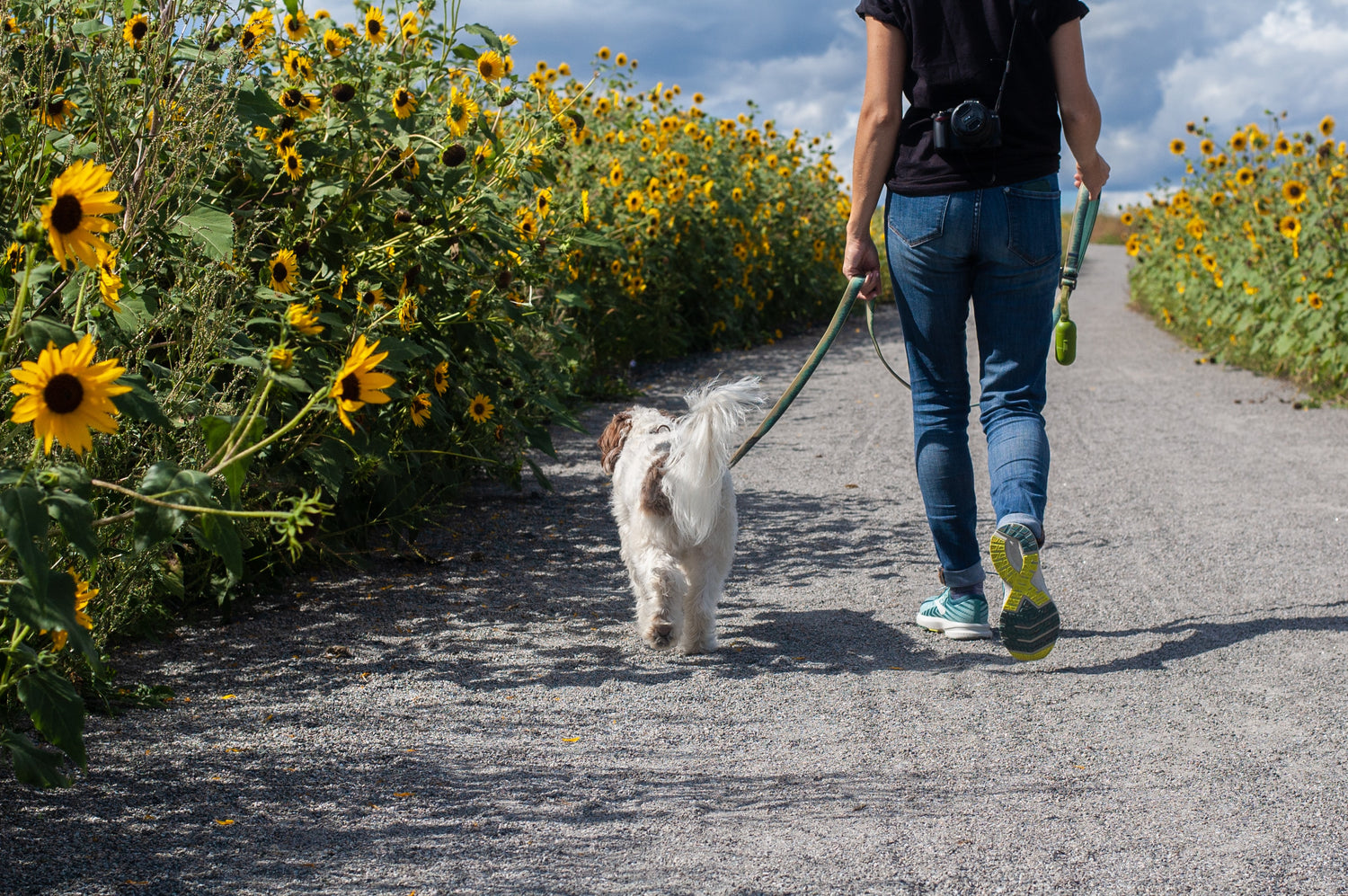The benefit to our bodies from physical exercise is a fact we are all aware of, yet most of us still choose to relax on the couch than head out for a run. Yet, regular moderate exercise has been found to be healthy not just for our hearts, but also for our heads. And the same goes for our dogs. For those of us that share our lives with one or more dogs, and walk them daily, chances are we are doing wonders for our brains and our canine friends’ brains, without thinking too much about it.
While many of us are aware of the benefits of exercise for our physical health some may not know the importance on brain health. From increasing memory loss that is associated with normal aging (those “senior moments” of forgetfulness become all too familiar as the years pass), and to the extreme form of memory loss and cognitive dysfunction that is Alzheimer’s disease. And memory decline is not an affliction of humans alone: there is a similar syndrome now identified in our pets, known as cognitive dysfunction disorder (CD). If you are curious about identifying symptoms of CD, remember the acronym DISH:
D: Disorientation and confusion, such as attempting to walk through the wrong side of a doggie door.
I: Interactions (changes in interactions, that is), such as an outgoing pet becoming withdrawn.
S: Sleep disturbances, like dogs pacing back and forth or cats yowling through the night for no apparent reason.
H: Housetraining Regression: or Having Accidents.
Of course, if your dog or cat exhibits any behavioral changes, the first step is to consult your veterinarian to rule out any other health problems or diseases first, before attempting to diagnose your pet with CD. CD is further complicated by the fact that, just as in humans, as animals age, they often develop physical problems in addition to cognitive problems, many symptoms of which can actually exacerbate other growing health problems.
But it’s not all doom and gloom: keeping active throughout one’s life (both mentally and physically) has been shown to delay, minimize, or potentially even prevent Alzheimer’s disease and other forms of dementia in humans. Since cognitive decline in dogs is very similar to the pattern of mental decline in humans, it’s highly probable that the same kinds of stimulation in the form of mental and physical exercise can help keep your dogs mentally (and physically) fit for life.
In fact, a study conducted at the University of California-Irvine’s Alzheimer’s Disease Research Center looked at cognitive decline in both dogs and people. One group of dogs was enrolled in “continuing canine education” that included more social interactions with other dogs and people, followed a specific exercise regime and ate a special anti-aging diet. The control group of dogs was simply fed the anti-aging diet (but didn’t receive additional mental or physical exercise and training). All of the dogs were given a variety of tests to assess cognitive skills over the study, and the results were definitive: the dogs that received more social interactions, exercise, and cognitive “enrichment” in the form of learning new tasks and skills did much better than the dogs simply fed the anti-aging diet.
The best thing you can do, right now, for your health and your dog’s health is to take your dog for a walk: The 30-60 minutes a day outside will do both of you good! And remember: old dogs CAN (and should) learn new tricks! It will keep them young!







